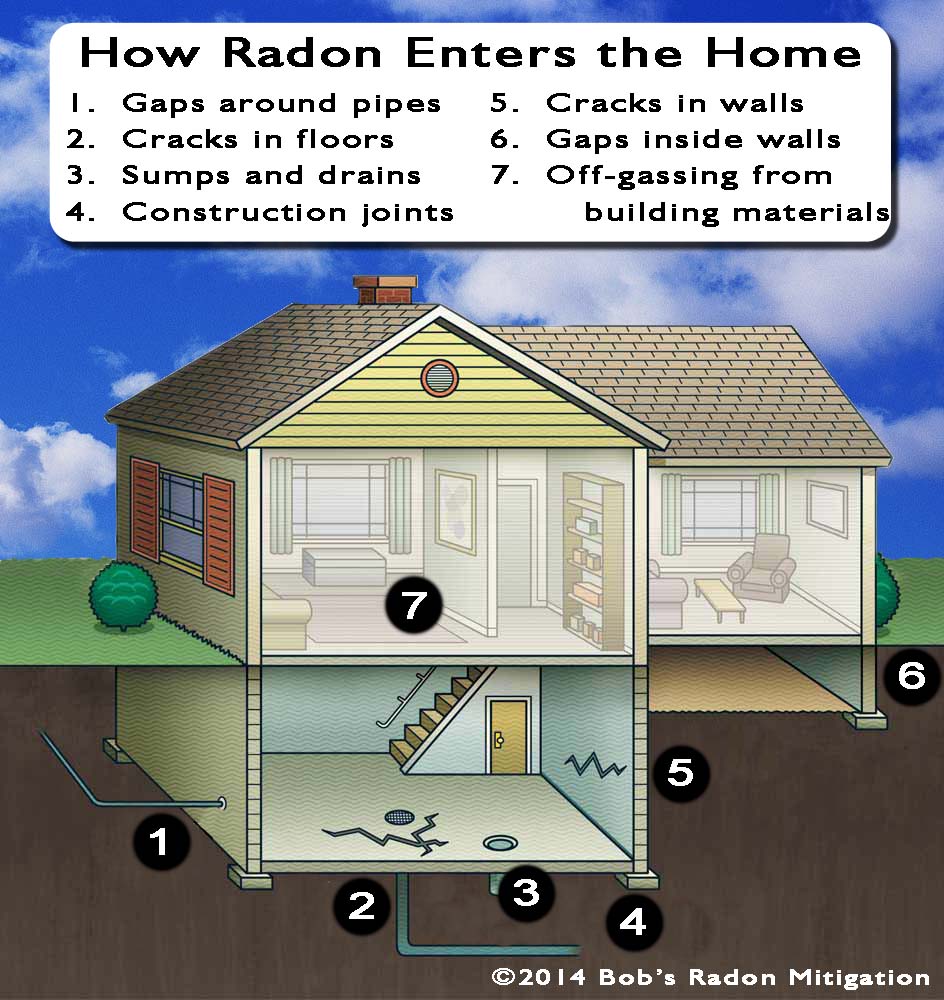What is radon gas? Is it dangerous?
Is radon really bad for you?
Breathing radon over time increases your risk of lung cancer. Radon is the second leading cause of lung cancer in the United States. Nationally, the EPA estimates that about 21,000 people die each year from radon-related lung cancer. Only smoking causes more lung cancer deaths.
However, the outright numbers of radon-induced lung cancers are much bigger in people that smoke, or that have actually smoked in the past, as a result of a solid mixed result of smoking and also radon. Because research, a significant result (95% CI) was obtained for the Bq/m3 group.


Researchers concentrated on 2,500 Finns that had actually lived in the same homes-- having low to high indoor radon levels-- for twenty years; they made sure to readjust for cigarette smoking. " Our outcomes do not indicate boosted risk of lung cancer cells from indoor radon." The research study indicates that interior radon direct exposure does not appear to be an important reason for lung cancer. Radon is a contaminated gas produced normally from the ground.
Is radon mitigation really necessary?
When radon gas enters the body, it exposes the lungs to small amounts of radiation. In small quantities, experts say this is harmless. However, in persistent exposures or larger quantities, radon can damage the cells of the lining of the lungs, increasing a person's chance of developing lung cancer.
At the time of our documents (January 2011), Maryland was the only state with no kind of radon control program. Additionally, 3 various other states had programs that was composed only of online information about radon or maps of radon levels in the state.
- Your danger of lung cancer cells boosts substantially with exposure to higher radon levels.
- Lung cancer cells threat climbs 16% per 2.7 pCi/L boost in radon direct exposure.
- Radon gas is a naturally-occurring result of the contaminated decay of Uranium in the dirt.
- Depending on your geographical place, the radon levels of the air you take a breath beyond your residence might be as high as 0.75 pCi/L.
- The US EPA has actually placed it clearly, specifying, "Any type of radon direct exposure has some danger of creating lung cancer.
As an example, an individual living in a house with a radon degree of 4.0 pCi/L https://radon1.com/ or lower has an about 7 in 1000 chance of getting sick. On the various other hand, a person living in a house with a radon degree of 20 pCi/L or higher has a 36 in 1000 opportunity of having lung cancer cells. The World Health And Wellness Organization (WHO) developed an activity level of 2.7 pCi/L based upon a three-year worldwide research by greater than 30 popular scientists.
Radon gas enters residences from below, with fractures in the floorings and foundations. With the majority of house owners understanding relatively little concerning radon gas and also its risks, there's lots to find out before taking on the problem. Comprehending the range of radon direct exposure, the components of the country with the highest degree of gas production, and also mitigation expenses will prepare you for taking on the difficulty. This is among the most typically asked inquiries after, "What is radon screening?" The soil under your residence isn't an arbitrary mix of dust. You can't tell simply by looking, but there are some radioactive elements that make up usual minerals as well as rocks found blended right into the soil across the nation.
How long does it take for radon to cause cancer?
Fact: You will reduce your risk of lung cancer when you reduce radon levels, even if you've lived with an elevated radon level for a long time. Keep in mind that radon levels below 4 pCi/L still pose some risk and that radon levels can be reduced to 2 pCi/L or below in most homes.